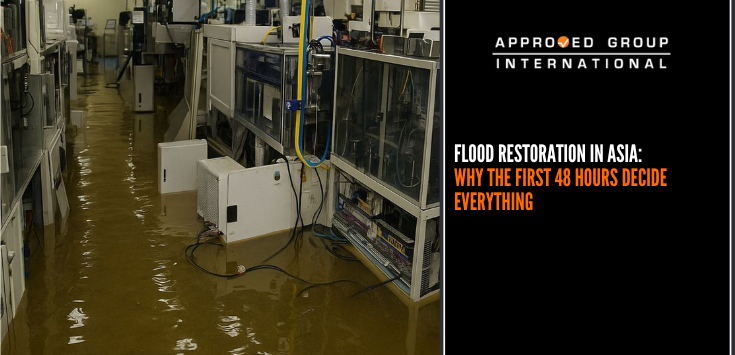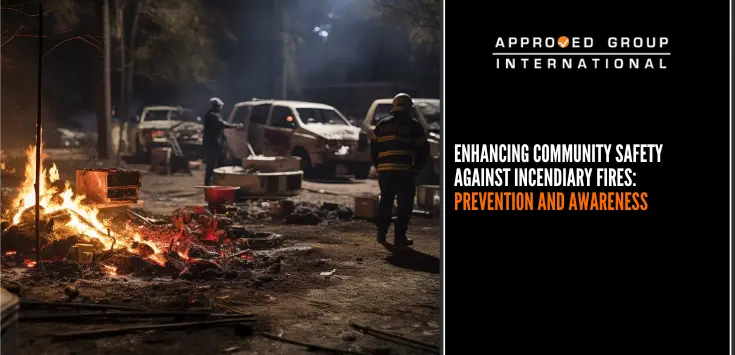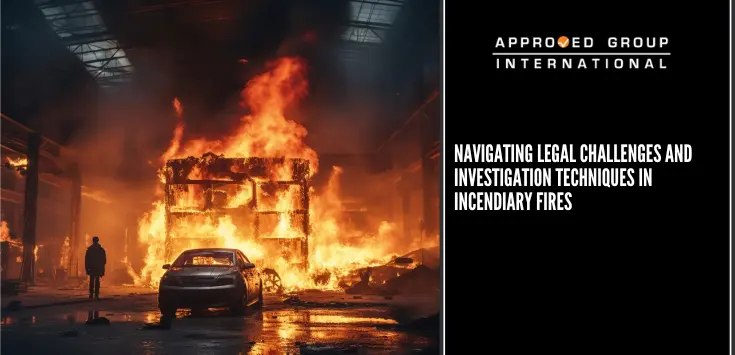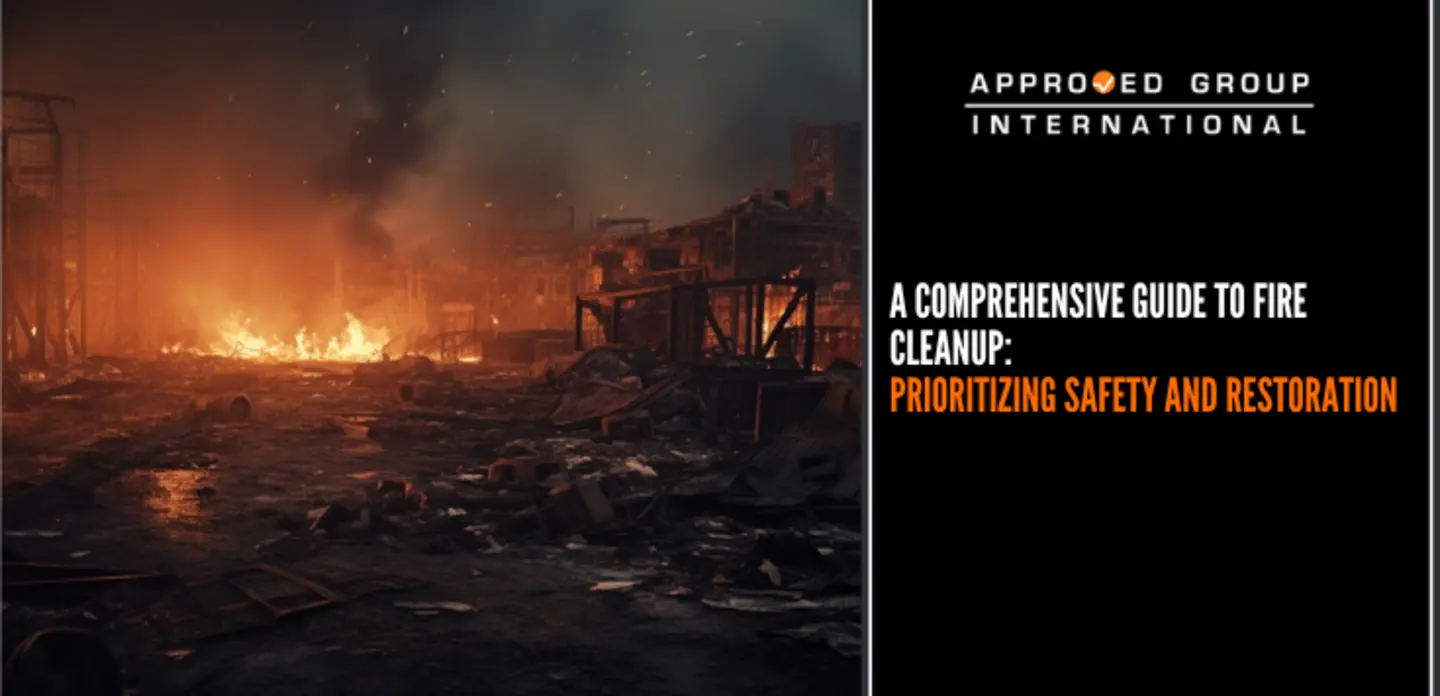In a morning, a fire was reported to have occurred at one (1) of the production and storage building in the premises of a timber plant in Jakarta, Indonesia. The incident was discovered by one (1) of the maintenance staff who saw smoke emanating from within the building via the ventilation holes on the wall. He informed the security guards, and later they saw fire at the North corner of the building. They tried to fight the fire using portable fire extinguishers but failed. The fire was subsequently brought under control by the fire services the next morning.
Approved Forensics Sdn Bhd (AFSB) was appointed by the insurers to investigate the origin and cause of the fire. The investigation team travelled to the premises and conducted an on-site examination of the fire-affected building and surrounding area. The Team first interviewed the eye-witnesses to gather information regarding the incident, and later proceeded to document the scene via photography and a sketch drawing with measurements.
During the on-site examination, the Team performed damage analysis and scientific interpretation to determine the origin of the fire, and later collected several fire debris and wire samples for further examination and analysis. Based on the Team’s interpretation, it was determined that the fire originated from a handmade production room at the North corner of the building.
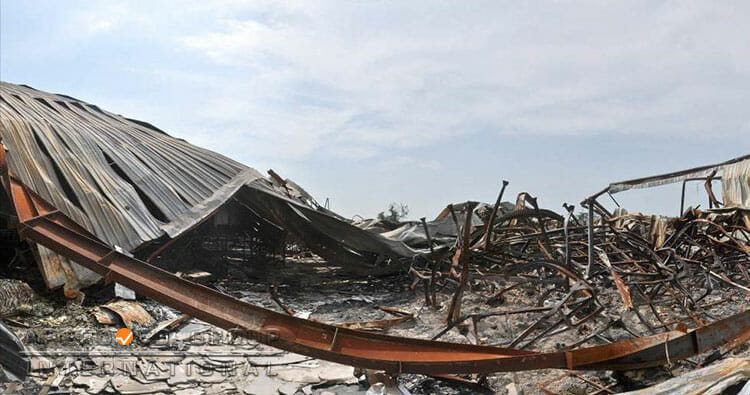

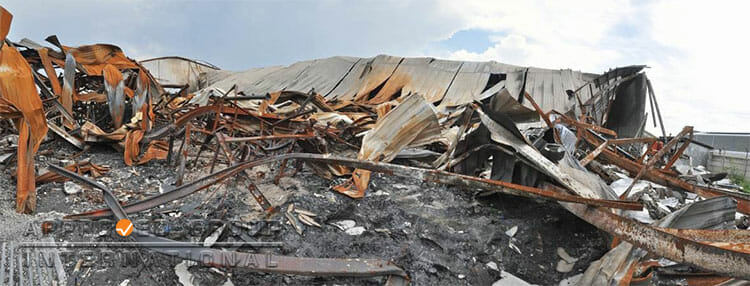
During the course of the investigation, the investigation team developed and eliminated several hypotheses based on the observation and data gathered and analysed, which included lightning strike, cooking activity, praying activity, hot works, and carelessly discarded smoking materials. Two (2) fire debris samples were collected and subjected to Gas Chromatography-Mass Spectrometry (GS-MS) analysis to detect any Ignitable Liquid Residue (ILR). The results showed no ILR was detected from both samples. Further examination revealed no suspicious activity and no report of break-in, nor was there any inconsistency found on the statements from the eye-witnesses. During the processing of the fire scene, it was also found that there was no remain of incendiary devices or any other materials which could be used to initiate and aid the spreading of the fire found and around the identified area of fire origin. The fire was single-seated, and no suspicious elements found on the initiation and spreading of the fire. Therefore, the investigation team also eliminated human involvement as the potential cause of the fire. During the on-site examination at the identified area of fire origin, the Team found several wires which showing possible indication of electrical failure. The Team later collected the wire samples, and examined the samples under microscope.

Based on the Team’s microscopic examination and interpretation on the damage characteristics shown by the wires samples, it was found that the damage was caused by an electrical failure, and not resulted due to the fire. Based on the available evidence, the Team concluded that the fire was caused by a failure of the electrical reticulation in the room.


